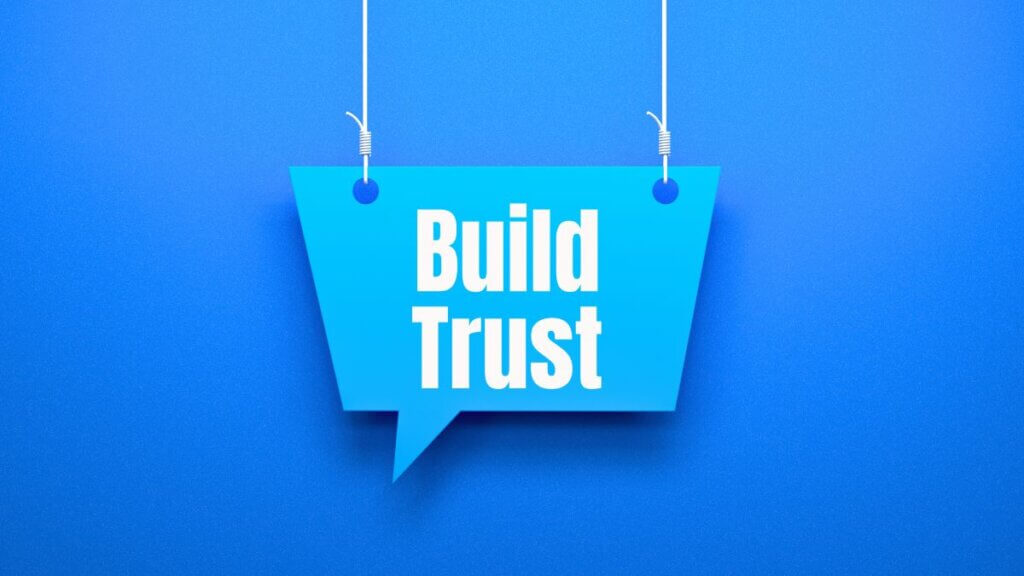
Is your organization built on a culture of trust? Trust is a vital component that can significantly impact the success and well-being of a company. However, in many organizations, trust is a scarce resource. According to studies, 79% percent of employees trust their coworkers ahead of HR, or their leadership. This lack of trust can have detrimental effects on productivity, employee engagement, and overall organizational performance. To create a trusting workplace culture, managers must take the lead in fostering an environment where trust can thrive. Here are five ways leaders can build a culture of trust and the benefits it brings to both employees and the organization.
Assume positive intent, until proven otherwise
The foundation of a culture of trust starts with assuming positive intent. When confronted with incriminating information or a situation that challenges trust, leaders should question their immediate negative assumptions. Instead, seek out reasonable explanations for people’s actions. By giving individuals the benefit of the doubt, leaders demonstrate their belief in the inherent trustworthiness of their team members. This approach fosters an environment where trust can grow, empowering employees to take risks, make decisions, and contribute their best efforts.
Banish bureaucracy
Nothing erodes trust faster than excessive bureaucracy. When employees are suffocated by red tape, their autonomy and ability to make decisions are stifled. Leaders must actively work to eliminate unnecessary rules and procedures that send the message, “We don’t trust you to do the right thing.” By streamlining processes and empowering employees with the freedom to act, leaders create an atmosphere where trust can flourish. This, in turn, boosts morale, encourages innovation, and enhances overall productivity.
Review your company’s written word
The length and complexity of contracts and emails can reveal the level of trust within an organization. Lengthy contracts and emails that cover every possible angle signal a lack of trust and breed a culture of skepticism. Leaders should evaluate the written communication within their company and identify areas where trust can be reinforced. By adopting a more concise and trusting tone in contracts and emails, leaders send a clear message that they believe in their employees’ abilities and integrity.
Tell employees, “I trust you to make a good decision.”
Expressing trust in your employees is essential to building a culture of trust. When leaders convey their confidence in their team members’ judgment and capabilities, it empowers individuals to take ownership of their work. By offering trust, leaders create an environment that encourages responsible decision-making and personal growth. Even when mistakes occur, leaders should seize the opportunity to affirm their trust in the individual and use it as a chance for learning and development. This approach fosters a sense of psychological safety, allowing employees to take risks and contribute their best work without fear of judgment or retribution.
Eliminate “we” and “they” mentality
Language plays a significant role in shaping organizational culture. Leaders should be attentive to language that fosters an “us against them” mentality within teams. By replacing generic pronouns with specific names, leaders humanize interactions and break down barriers between departments or individuals. This approach encourages collaboration, empathy, and mutual respect, fostering a culture of trust and unity. Laura Kriska, author of The Business of We, reminds leaders that the words and innocuous actions we use can inadvertently include or exclude people.
For a trustworthy vibe to take root in your organization, someone has to go first. It may as well be you. As Ernest Hemingway said, “The best way to find out if you can trust somebody is to trust them.” So go on, give trust a try. When you offer up your trust without the constraints of constant verification, you just might find that far from being scarce, trust is a renewable resource that becomes a catalyst to propel your organization to greater heights.
Want More Leadership Tips Like This?
Subscribe to Our LinkedIn Newsletter
Updated 2023
Leave a Reply